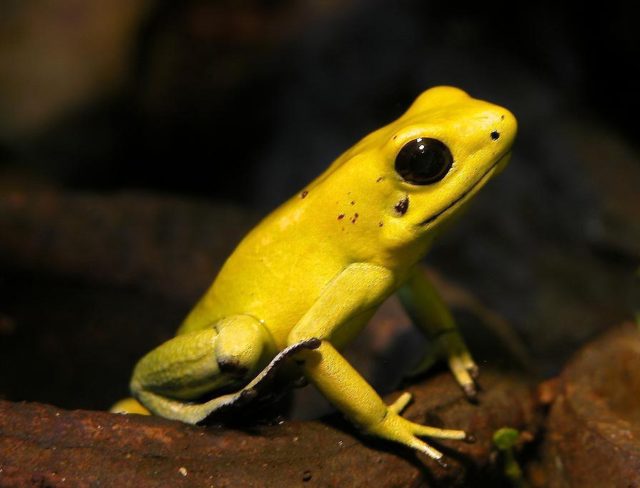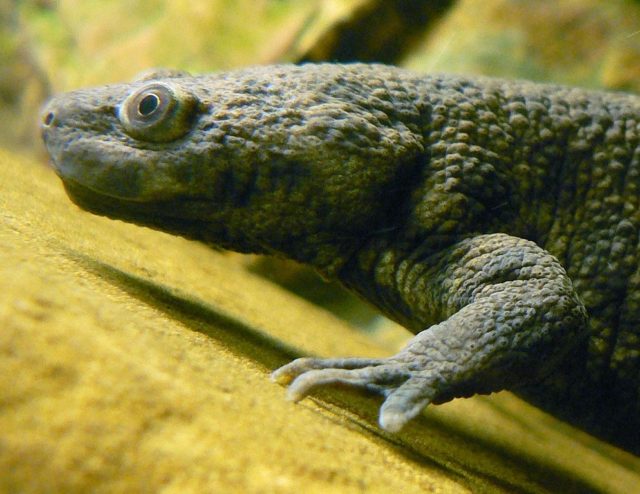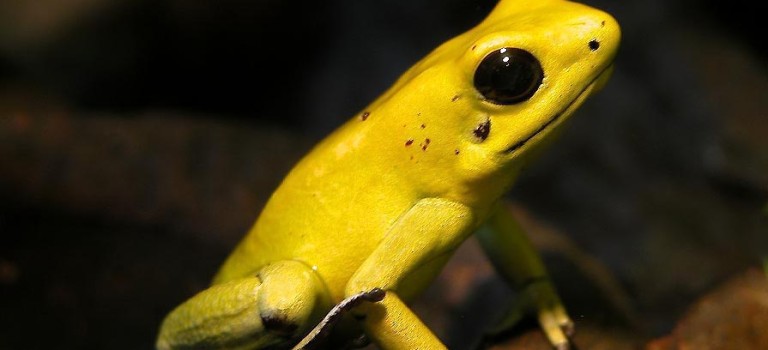Toxin, venom and poison… are they just different words for the same thing? The answer is… sometimes yes, and sometimes no.
You see a venom can be a toxin, which can be a poison but not always.
I looked to the Oxford English dictionary, to see if it could shed some light on the issue;
Poison… A substance that is capable of causing the illness or death of a living organism when introduced or absorbed
Venom… A poisonous substance secreted by animals such as snakes, spiders, and scorpions and typically injected into prey or aggressors by biting or stinging
Toxin… A poison of plant or animal origin, especially one produced by or derived from microorganisms and acting as an antigen in the body
Has that made it any clearer for you? I can’t say it was much help to me. There has to be a more simple explanation. The truth is that these words are often used to mean the same thing, sometimes all three words can be interchanged, sometimes not. They do all tend to have a similarly negative effect on the body, by one means or another, they impact or disrupt the biological function of the affected organism.
Sometimes we need the right question, in order to get the right answer, or in this case, the right series of question. Hopefully, these questions will help define what each is, and the differences between them.
IS IT NATURAL OR MAN-MADE?
If it is man-made (synthetic) then it is a poison!
Toxins and venoms are always organic (biologically produced chemicals), but sometimes poisons are as well. Time for another question.
WAS IT TRANSFERRED BY TOUCHING OR BITTING?
If it was transferred by touch then it is a toxin (which could also be called a poison, in more general terms). Toxins are usually small biological chemicals that can enter the body by absorption through the skin. They can be accumulated through the food chain, so, the organism with the toxin may not have produced it itself, but most likely accumulated it from something it ate, or something that it ate, ate… (we could keep going back the food chain here but you get the idea?).
Just to confuse the matter slightly, organisms that produce toxins are referred to as poisonous organisms.
Here is just one example… the poison dart frog, considered one of the deadliest animals on earth. The poisonous dart frog stores its toxin in glands just below the skin. The toxin is called Batrachotoxin and, when agitated, the frog can literally sweat the toxin onto its skin. The level of danger to humans depends on the species of dart frog; the small golden poison dart frog (Phyllobates terribilis), for example, is only 5cm long but harbours enough toxin to kill 10 grown men.

Image credit: Wilfried Berns
It is thought that most species of poison dart frogs accumulate their toxins from the food chain, most likely the toxins originate in plants, eaten by insects that are then eaten by the frog.
Transferred by biting not touching? We have another question for that.
DID YOU BITE IT OR DID IT BITE YOU?
If you bite it and suffer the consequences, then it is a poison (which could also be called a toxin, depending on what you ate!); if it bites you and you suffer the consequences, then it is a venom!
I use the term ‘bite’ loosely here as venom can be administered by bite, spike or sting. Basically, venom has to be ‘injected’ into the skin in some manner.
Venom is usually a biological compound that is produced by the organism that administers it. It is also usually a large compound and therefore cannot enter the body through absorption through the skin.
Time for another example… we all know the classic snake scenario but sometimes nature is a little more inventive; None more inventive that the Iberian ribbed newt (Pleurodeles waltl). This animal has evolved some amazing defence mechanisms – it literally extends its spiny ribs out through warts in its body. At the same time the newt secretes venom onto its skin, covering the ribs so they deliver the toxin into the body of their assailant, as they pierce their skin.

Image credit: Pengo
Sounds like the stuff of science fiction, doesn’t it… but sometimes fact is more amazing that fiction.
Of course, many venoms contain neurotoxins that are of course toxins, which can be referred to as poisons, which brings us back to the start of this post that sometimes a venom is a toxin, is a poison; but not always.
I hope you found this helpful, maybe you have a few tips of your own? Leave them in the comments below, I always love the feedback.
